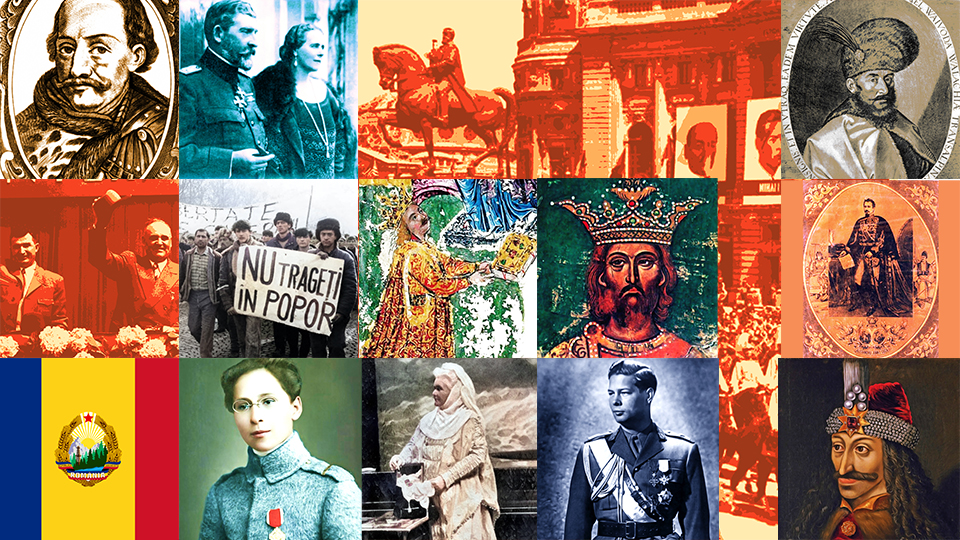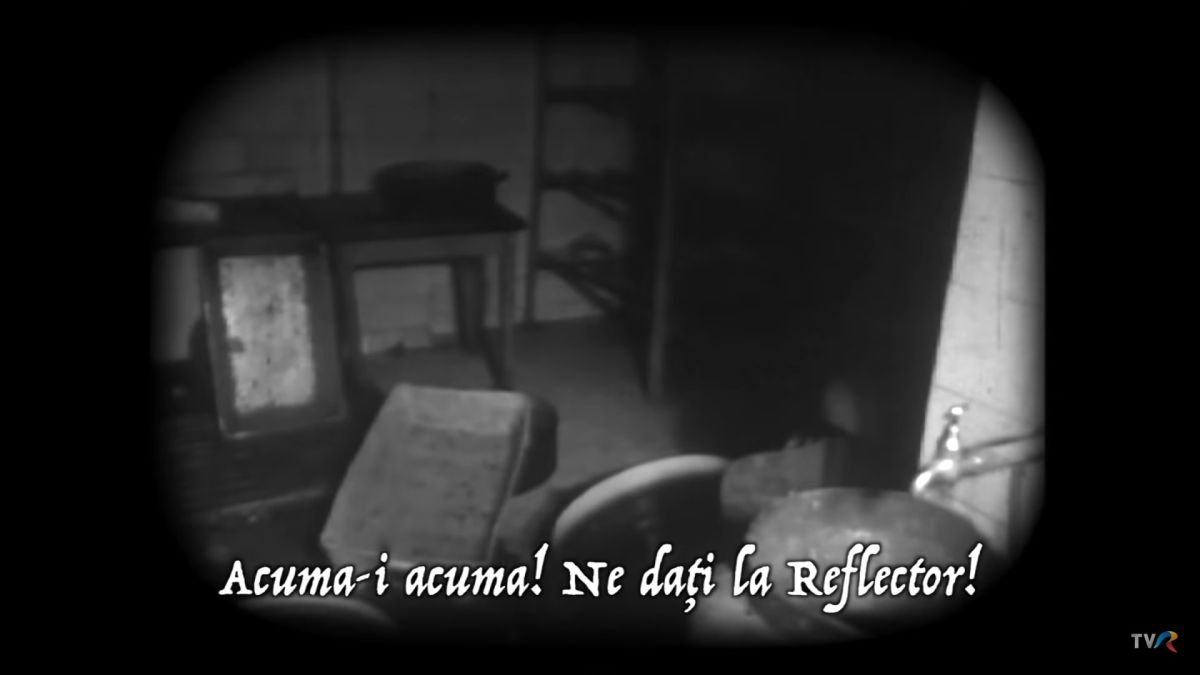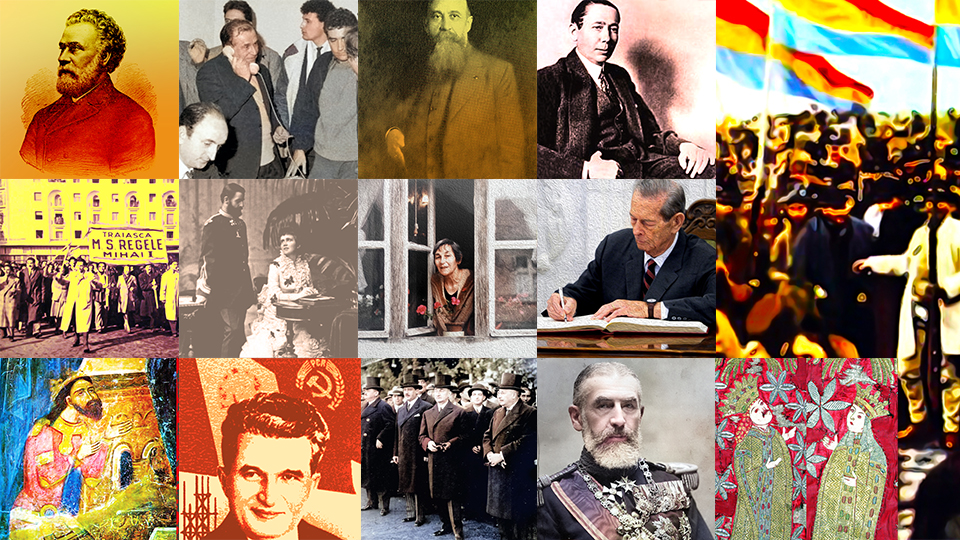Mathematics and communism
Mathematics is very often described as one of the most abstract domains of human thought. With no strong background in mathematics, a thoroughgoing career in the field of science and technology is impossible
Warning: Trying to access array offset on null in /home/web/rri.ro/public/wp-content/themes/rri/template-parts/content.php on line 53

Warning: Trying to access array offset on null in /home/web/rri.ro/public/wp-content/themes/rri/template-parts/content.php on line 98
Steliu Lambru,
01.10.2018, 14:03
The Romanian School of Mathematics has had its own prominent representatives, the more so as a Faculty of physical, mathematics and natural sciences was set up as early as 1864, when the University of Bucharest was established. The list of Romanian prominent mathematicians includes such names as Spiru Haret, Dimitrie Pompei, Traian Lalescu, Gheorghe Țițeica, David Emanuel, Simion Stoilow and Grigore Moisil.
Nevertheless, the communist regime bestowed on Mathematics a role which was much greater than the discipline usually had. Communism had an obsession for Mathematics and turned the discipline into the keystone of the education system between 1945 and 1989. From the elite domain it used to be, mathematics became subject of a quick and forceful ideological process, since it was studied intensively and on a large scale by generations of Romanians after 1945. Nonetheless, the cult for mathematics was nowhere near capable of generating the social and economic progress the communist regime had expected.
The late mathematician and professor Solomon Marcus took his baccalaureate exam in 1944. It was also in 1944 when he started his studies at the Faculty of Mathematics. In an interview to Radio Romania’s Oral History Center, in 1988, the late professor Marcus recalled the beauty of discovering mathematics, which was both a passion and professional career.
Solomon Marcus: ”I discovered Mathematics that very summer, in 1944, that hot summer when I was in a Moldavian town and the frontline was so close. I thought that the best for me was to pursue the path of my own curiosity, because at that moment of chaos it was impossible for anyone to have a clear image of the social prospects a certain faculty would offer. And after the first year of study at the Faculty of Mathematics I realized that the faculty suited me best and even more than that, it was a happy encounter in my life and I was glad I was lucky enough to find the domain I was passionate about so early in my life.”
The politics before the instatement of communism in 1945 hadn’t destroyed professional careers and lives. Solomon Marcus recalled his professors had had different political leanings. Dan Barbilian sympathized with the Legionnaires, Octav Onicescu dallied with Mussolini’s Fascism, Gheorghe Vranceanu was a great Liberal, Miron Nicolescu and Simion Stoilow were Socialists, Nicolae Cioranescu sympathized with the National Peasant Party, Mihail Neculce was a Communist.
The late professor Solomon Marcus has also recalled the circumstances of the death of Simion Stoilow, one of the best Romanian post-war mathematicians: “Simion Stoilow died in 1961 on the steps of the Central Committee of the Communist Party where he used to go on a regular basis to protests against all sorts of injustices such as young assistants thrown out from faculties, professors and teachers ousted from the teaching staff in the 1950s, the ban on trips abroad, people prevented from completing their doctoral studies. I was one of the victims. In 1953 Romania saw the setting up of the so-called post-graduate course – ‘aspirantura’ after the Soviet model. For the mathematics exam there were 5 candidates and we all managed to pass all scientific tests. Despite my success, I received a notification from the Education Ministry which wrote that I did not have the right to attend the post-graduate course in the People’s Republic of Romania without being given any motivation. It was obviously an issue related to one’s file. But why didn’t they do it from the very beginning? The following strategy was in place: let’s see how the candidate is faring, maybe he will fail the exams and we will no longer have to reject him on grounds of his file.”
It was ideology that destroyed the entire atmosphere of good academic understanding. Despite the fact that starting in mid 1960s its force dwindled, a trauma lingered that could only be discarded after 1989.
Solomon Marcus recollected a scene with mathematician Dan Barbilian during an ideological meeting: “I was in the same group of ideological education with the great mathematician Dan Barbilian who wrote poetry under the penname of Ion Barbu. Now, in retrospect, all those situations were very funny, but, back then, they represented real dramas. That man was so frightened, he was so tense that one could clearly see his big dilemma, which was not only his, namely what do I have to do? If I keep silent and don’t take the floor this is going to be interpreted as something negative, it means that I am not participating in the country’s ideological life. If I take the floor, I risk saying something against the party line. And at one point, when someone mentioned Lenin’s formula for Socialism as being the Bolshevik power plus the electrification of the entire country, Barbilian raised his hand to take the floor and said: ‘in this equation we are talking about a non-commutative addition’. What did that mean? Non-commutative addition meant an addition of the type a+b, in which one is not allowed to reverse the order, in the sense that b+a is not the same as a+b. He wanted to say one simple thing, namely that in Lenin’s formula it was not allowed to reverse the order. In the sense that first one should put the Bolshevik power and then the rest. But he put it in mathematical terms which caused a general stir. The woman who moderated the discussion did not understand what Barbilian wanted to say, she was desperate that she could not understand what that guy wanted to say and suspected him of possibly saying something bitter against the regime.”
Mathematics was a privileged domain during the communist regime and famous mathematicians then rose to fame despite various constraints, especially ideological constraints. Nevertheless, mathematics unfortunately did not manage to make the Romanian society better. (Translated by E. Nasta and L. Simion)






























